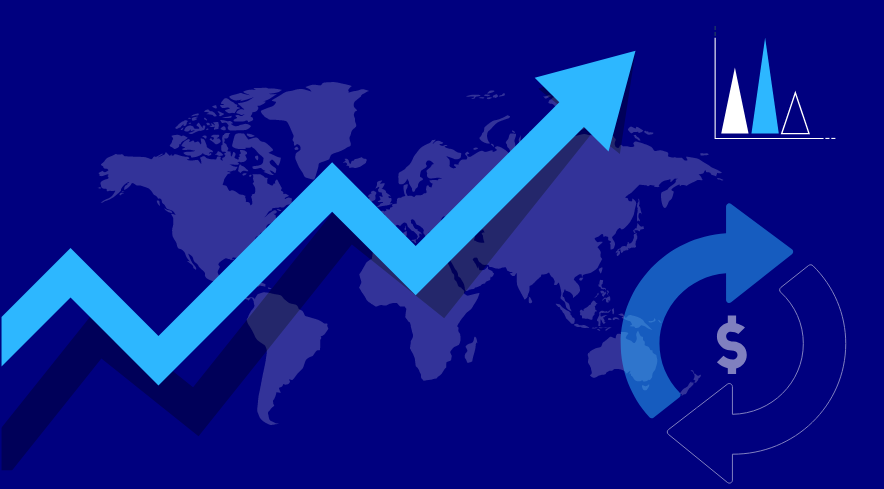
Introduction
Covid-19 impact on Pharmaceutical Industry
It will take decades altogether for the world to come out of the jolts of the Covid-19 pandemic. No wonder the largest cause of spending on medicine is going to be Covid-19 vaccinations themselves. The healthcare industry is at the core of treatments, vaccinations, hospital supplies, and many more, it cannot spare itself from the realms of transformation. Though the vaccines against the various variants of Covid-19 virus have created additional revenue streams, many other segments of the pharmaceutical industry have suffered negative growth because of limited access to healthcare systems.
Global pharmacy- An Overview of the Pharmaceutical Industry
Growth in the Pharmaceuticals market is mainly driven by:
How much is the pharmaceutical industry worth in 2022?
Answer – Oncology Drugs
Keeping in view of the varied market trends for delivery in the global pharmaceutical industry, they can be divided into the following segments:
1. Economic

I. Economic Inflationary and Currency Stability – A major cause that has affected drug affordability. The cost of raw materials, other basic and active ingredients, and intermediaries is steering the cost of pharmaceutical products globally. Also, the current stock of trends does not show this price to come on the reduction grounds. However, the silver lining which is clear is the push to set new price control regulations in the affected nations.
II. Cost-containment policies – Costly cells & gene therapies and the usage of biosimilars, a costlier version of branded biologic medicines, is on the increasing slope in the US.
III. International Referencing Pricing –To excel at launch sequencing and product revenues globally, International Referencing Pricing, or IRP, is a significant move. With almost 100 countries adopting this practice, the goodness of this effect is snowballing across other nations.
2. Business
3. Technology

4. Adherence to policies and regulations
5. Product-based
6. Supply chain
Will Marketing Trends for Pharmaceutical Industry Ever Rule the World?
About MedicoLeads
Conclusion
Effective pricing and reimbursements ensuring Gene Therapies in the European Union






